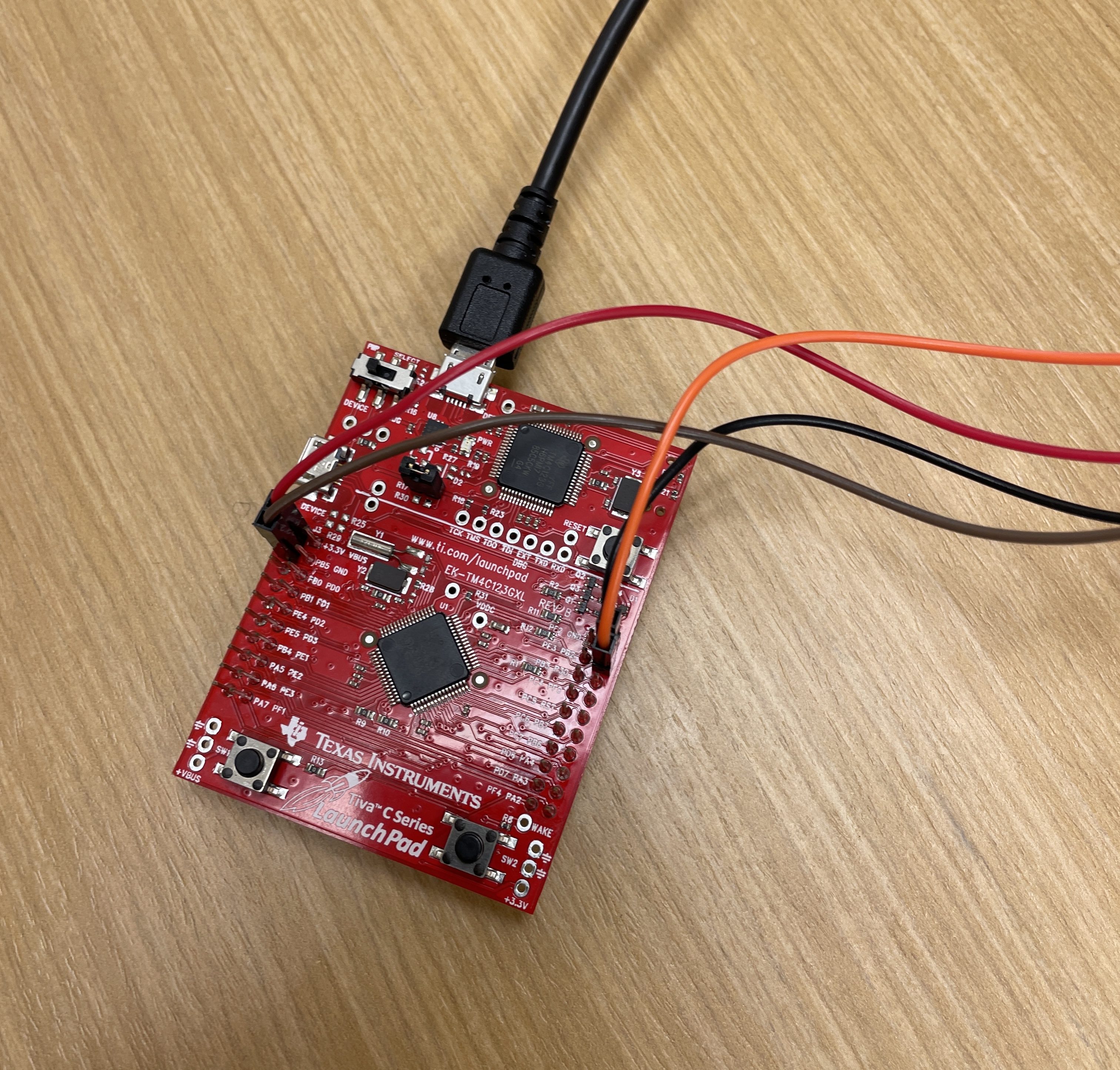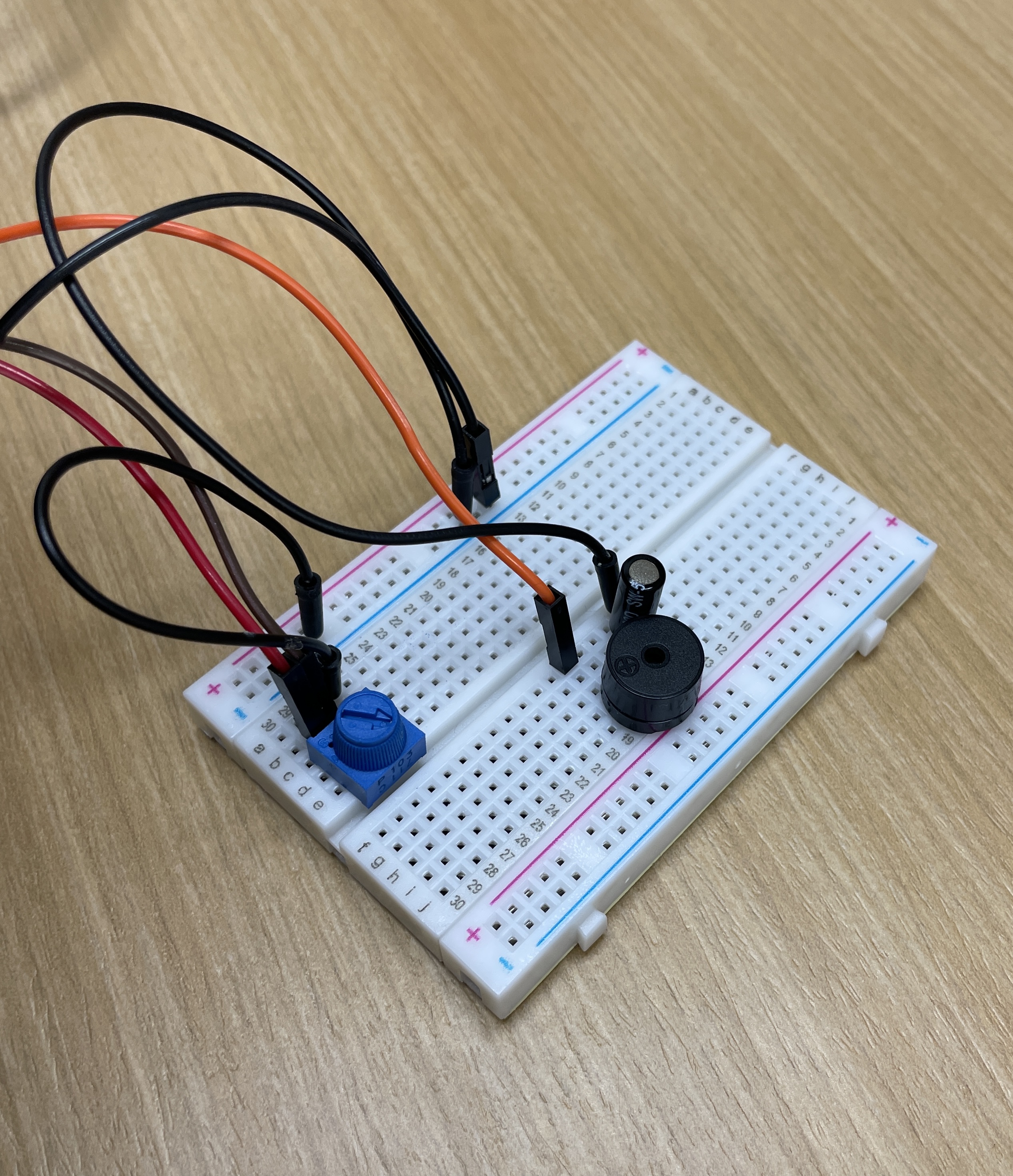We wanted to make a device that could play audio tones and make music while being affordable and customizable. Our device, the DJ Khable, utilizes a potentiometer and a piezo buzzer in order to allow the user to control the frequency of the tone with the turn of a knob. Not only can the DJ Khable create music, but it can even be used as for alerts, or as a buzzer. Additionally, the DJ Khable has two modes: continuous and discrete, which can be switched between with a button on the LaunchPad. In continuous mode, the buzzer continuously makes noise even while changing frequency, like a trombone. Meanwhile, in discrete mode, the buzzer plays individual notes, like a piano. The color of the LED on the LaunchPad changes to indicate which mode you're in. Furthermore, a built-in tilt switch allows you to turn the device on and off simply by flipping it over for additional accessibility. These modes will allow for many unique compositions to be crafted using our device. When multiple DJ Khables are combined, the harmonies that can be created are limitless!
DJ Khable
Fun and easy-to-use speaker that lets you make music with the turn of a knob!

Read more
Thanks to Energia.













Comments